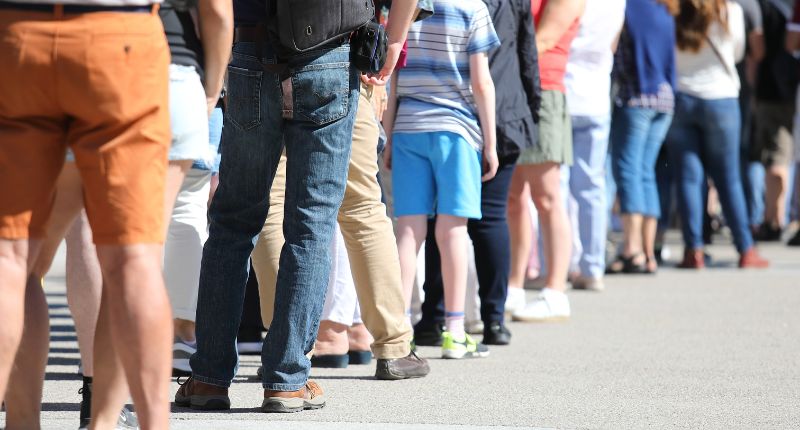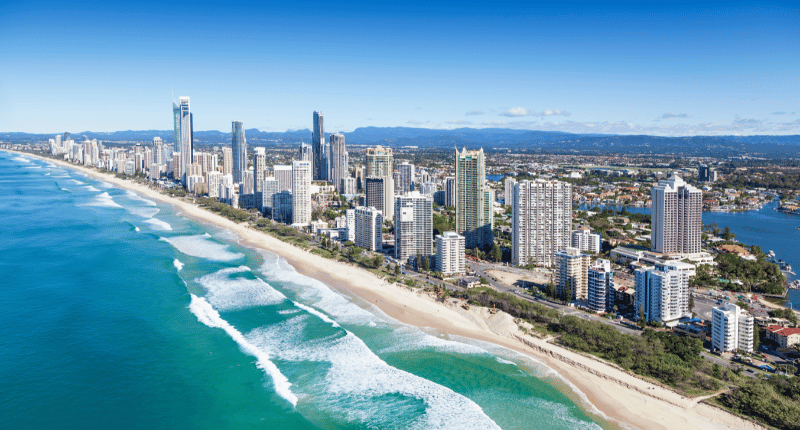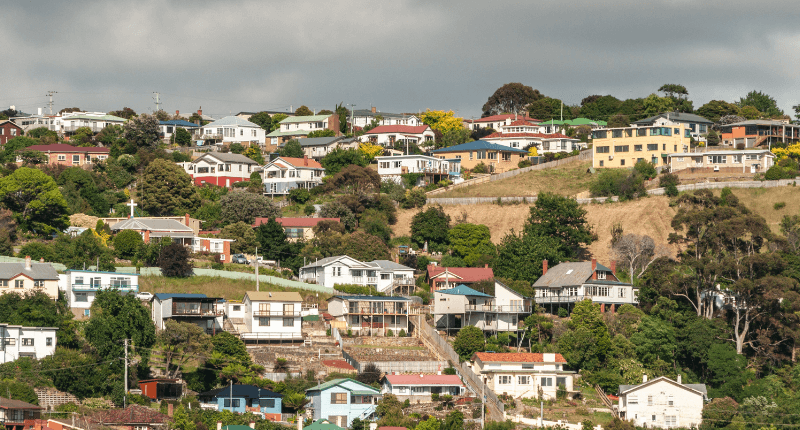- Combined capital and regional rents continue to climb.
- Rental vacancy marginally improved, but market still tight.
- Advocacy group warns that renters are at at breaking point.
Domain, one of Australia’s leading digital property marketplaces, has released its quarterly rent report for June. Overall, the report forecasts that real estate will remain a landlord’s market for the foreseeable future as demand for rentals rises while vacancies stay at record lows.
Rents continue to march upward
Across combined capitals and regionals, rents are ascending to new heights, with combined capitals experiencing the longest stretch of uninterrupted rental price growth recorded.
Combined capital quarterly change in weekly asking rents

Though rents in combined capitals and regionals have generally increased, performance has varied across capital cities. Some cities are pulling ahead of the pack while others have fallen behind, indicating that Australia is entering a multi-speed market.
The insufficiently addressed and enduring gap between elevated demand for housing and a scarcity of supply has seen house and unit rents spike across Sydney, Melbourne, Brisbane, Adelaide, and Perth.
Sydney now holds the crown as the most expensive city to rent a house and unit.
In Darwin, house rents rose while unit rents suffered a setback. On the other hand, the rental price growth for both units and houses underperformed in Canberra and Hobart.
Median rents in capital cities
| Capital City | Jun-23 | Mar-23 | Jun-22 | QoQ | YoY |
|---|---|---|---|---|---|
| Sydney | $700 | $660 | $620 | +6.1% | +12.9% |
| Melbourne | $520 | $500 | $460 | +4.0% | +13.0% |
| Brisbane | $580 | $560 | $520 | +3.6% | +11.5% |
| Adelaide | $540 | $520 | $480 | +3.8% | +12.5% |
| Perth | $580 | $550 | $500 | +5.5% | +16.0% |
| Hobart | $530 | $550 | $540 | -3.6% | -1.9% |
| Canberra | $675 | $690 | $690 | -2.2% | -2.2% |
| Darwin | $650 | $650 | $600 | 0.0% | +8.3% |
| Combined Capitals | $580 | $565 | $520 | +2.7% | +11.5% |
| Combined Regionals | $510 | $500 | $480 | +2.0% | +6.3% |
Source: Domain.
Though the rental price growth across combined capital cities shows no signs of abating, there are indicators that the market is easing as vacancy rates improved slightly, from record lows to 1%.
More of the same
“The colliding mismatch of heightened demand and supply side constraints has continued to place pressure on house and unit asking rents across Australia,” says Dr Nicola Powell, Domain’s Chief of Research and Economics.
“This has resulted in records being set in most capital cities, including the longest stretch of continuous rental price growth on record for Melbourne house and unit rents, together with houses in Adelaide and units in Sydney and Brisbane. The only capital cities bucking the trend of quarterly price growth are Canberra and Hobart for both units and houses, and Darwin for units.”
The primary reasons behind the overheated rental market include the record levels of net overseas migration, the exorbitant and still-climbing cost of home ownership, and the unexpected speed at which international students returned to Australia.
Domain predicts that a jaw-dropping 127,000 more homes will need to be introduced to the market this financial year to accommodate net overseas migration.
The construction industry, currently undergoing an insolvency crisis, continues to be impeded by unprecedented headwinds, including increased material costs and persistent labour shortages — causing delays in builds and consequently, new supply.
“With a number of factors at play, there needs to be a seismic shift in supply to address the challenges being faced. In fact, our research shows that more than double the rental listings needed today to create a balanced rental market,” Powell says.
“There is no one-size-fits all solution to these challenges. Rising investor activity is needed, the build-to-rent sector advanced, additional rental assistance provided for low-income households, more social housing and assisting tenants transition to homeowners.”
There may be flashes of change around the corner as the tight vacancy rates have improved slightly from the recent historic lows, with vacancy rates in regional areas being at their highest since August 2020.
This turnaround may be explained by the mounting popularity of house-share arrangements, with individuals moving into bigger households to cope with high rents, or tenants moving into cheaper rentals.
Advocacy group responds
Housing advocacy group Everybody’s Home has reacted to the new quarterly data with a plea for more assistance. As rents continue to rise, the group states that renters are being pushed past the affordability point.
“No matter what data you look at, rents are climbing across Australia and remain stubbornly high. More and more renters are hurting and reaching an affordability cliff,” says Everybody’s Home spokesperson Maiy Azize.
“Cutting back on meals, medicines, and heating are becoming terrifying realities for many tenants as they try to keep up with eye watering rents. The worst housing crisis in living memory is stopping people from pursuing their life dreams like starting a family.”
Maiy Azize, Everybody’s Home spokesperson
“We can’t accept more people making unhealthy sacrifices to make the rent, and we can’t accept escalating rents becoming the norm. Each time a quarterly snapshot or report is published, it’s expected that we’ll see rents go up. National rents are more than 27 percent higher since the onset of COVID-19.
“The best way to end this crisis is to limit unfair increases, and build more affordable and social housing. That’s the simple truth.
“Social housing doesn’t just help those who need it most, it also frees up more rentals in the process.
“We continue to call for the Federal Government to build 25,000 social homes every year to fix the housing emergency – and push state governments for limits to rent increases.”








